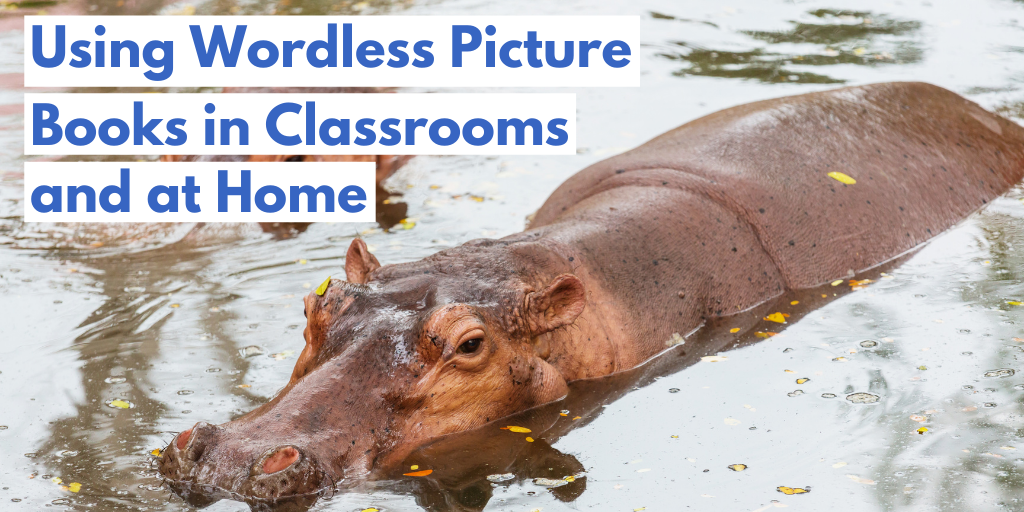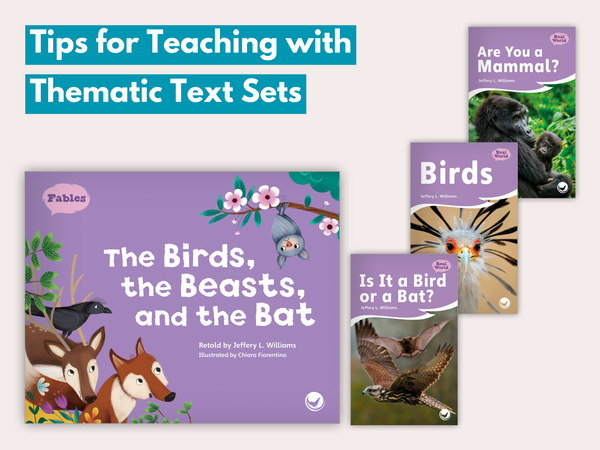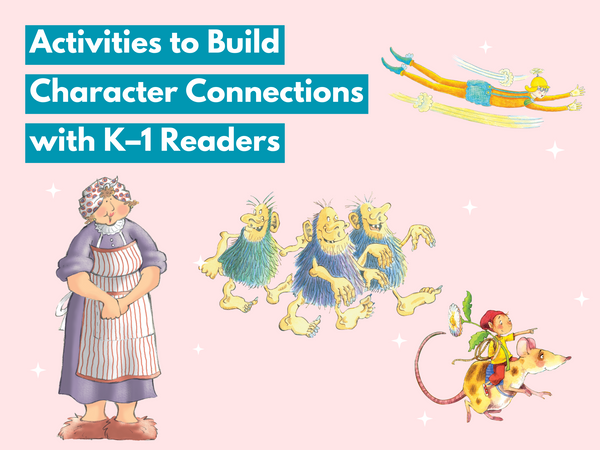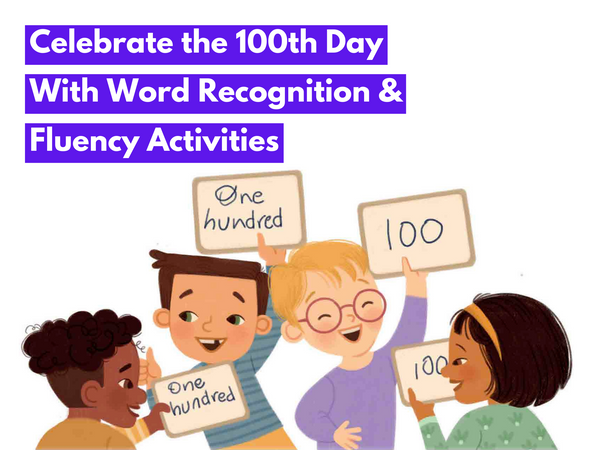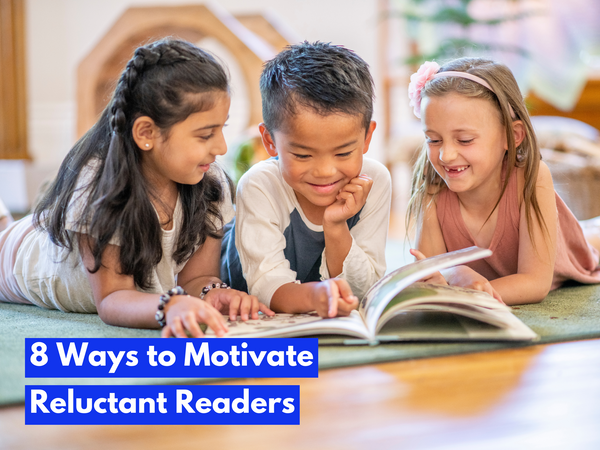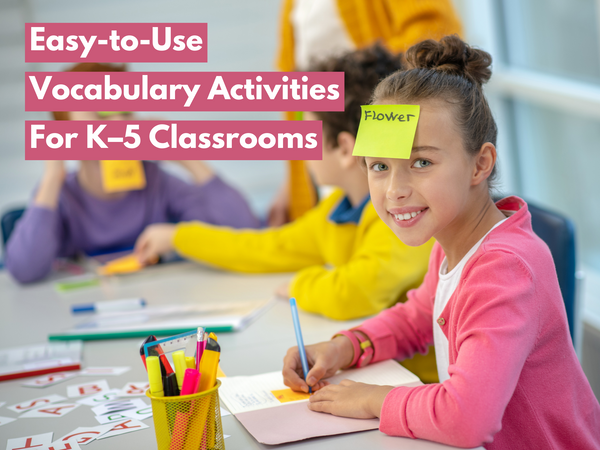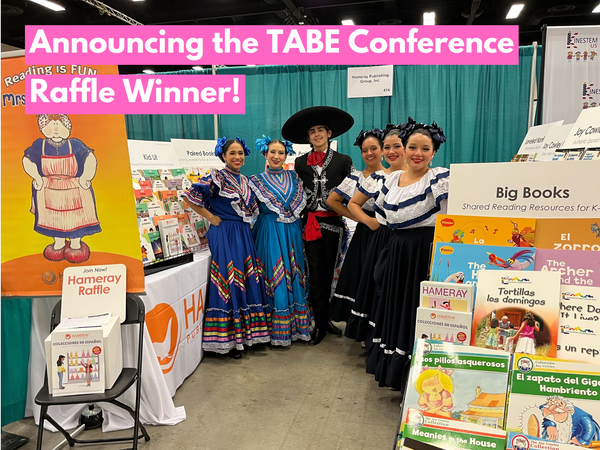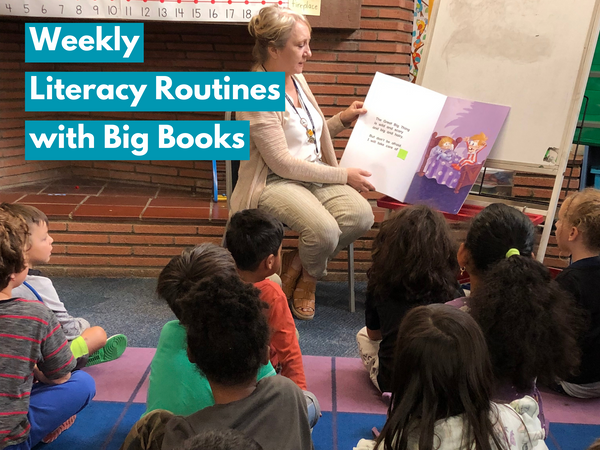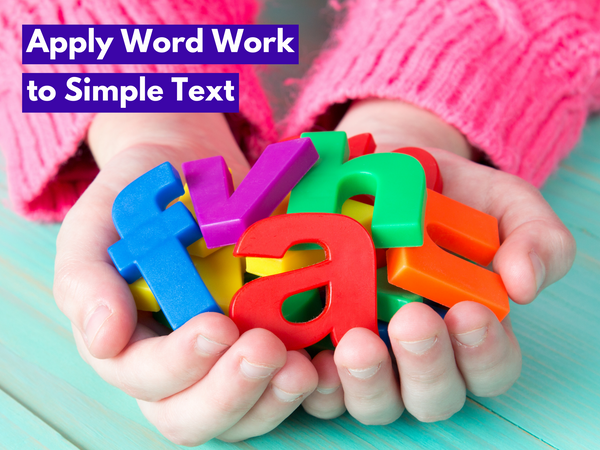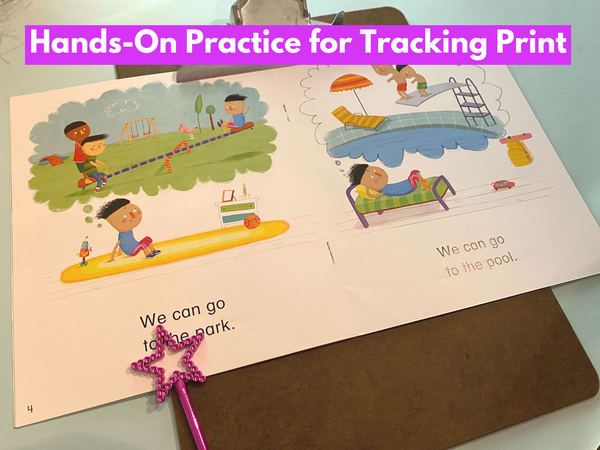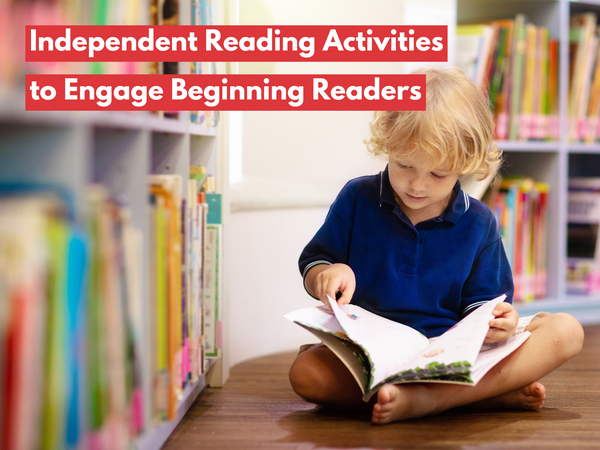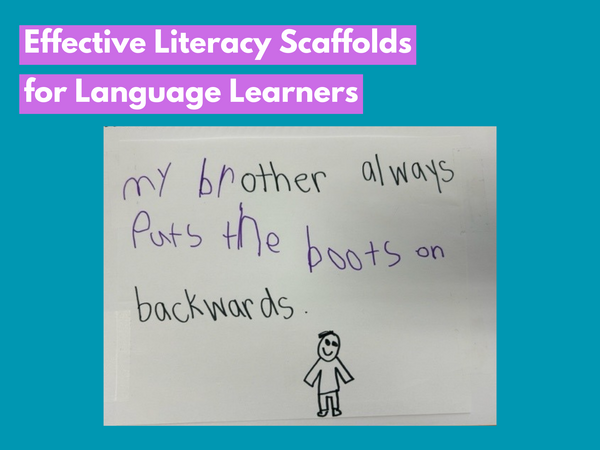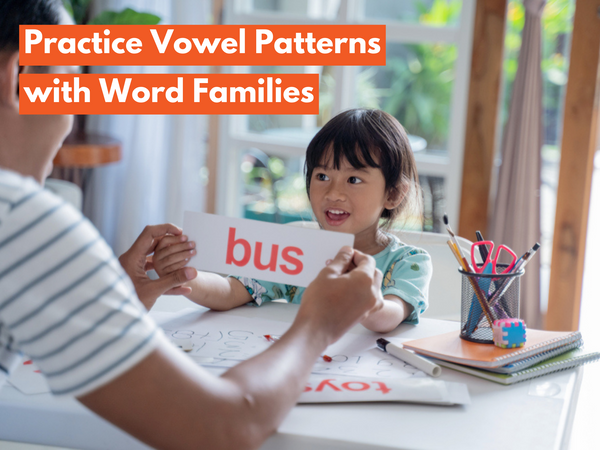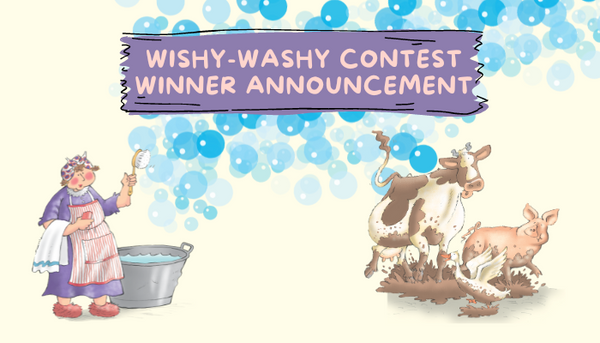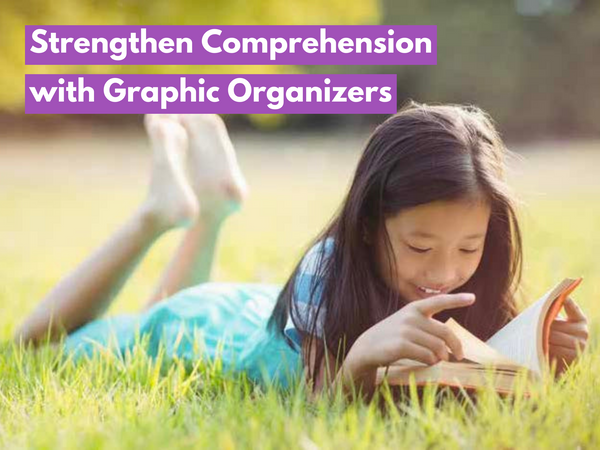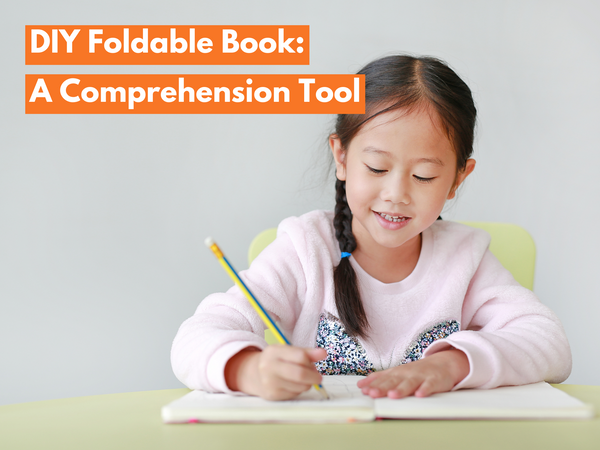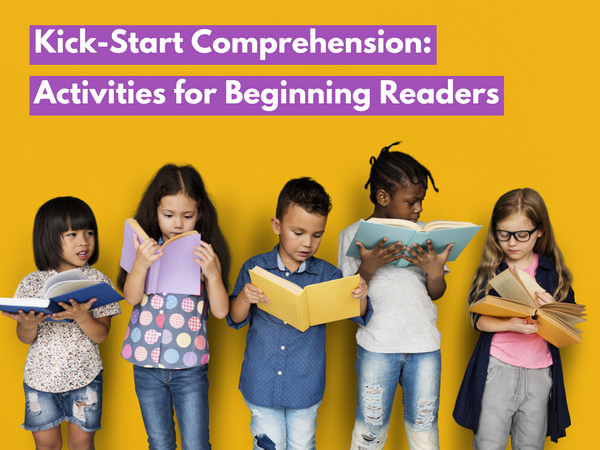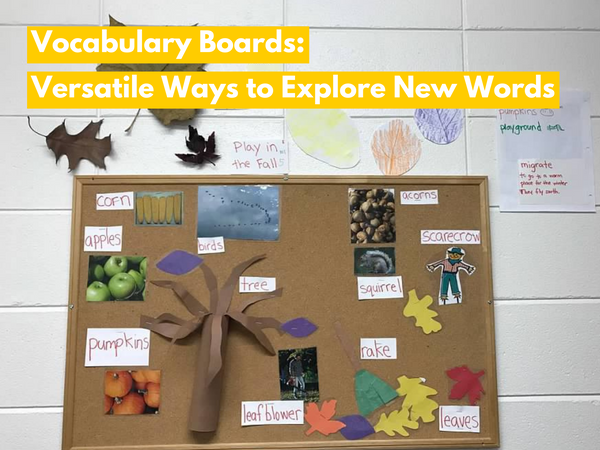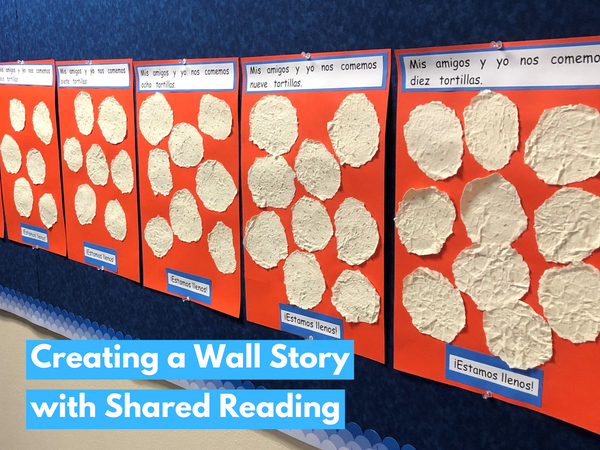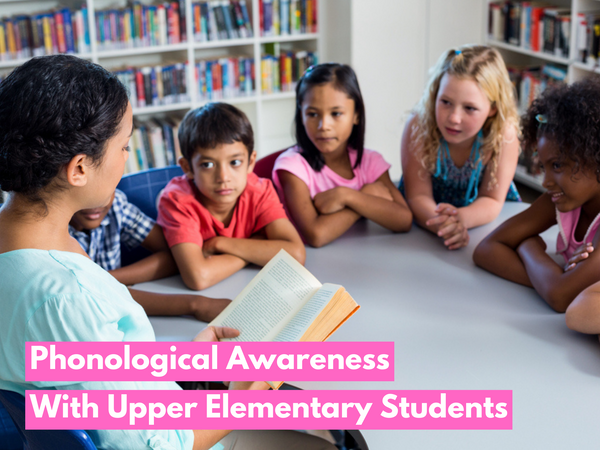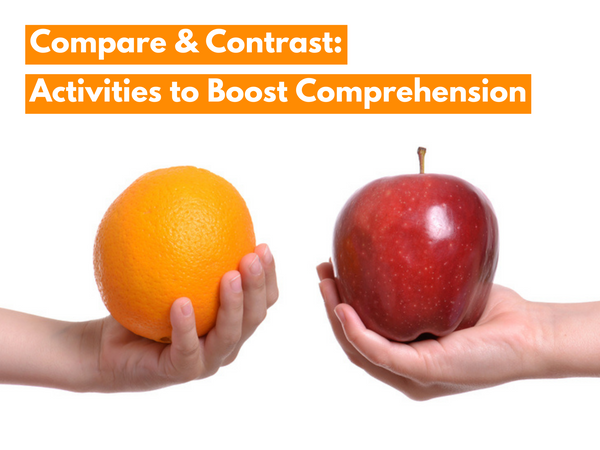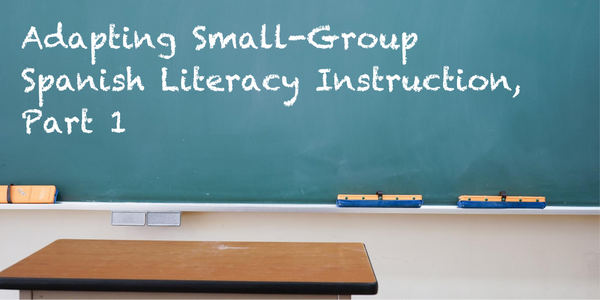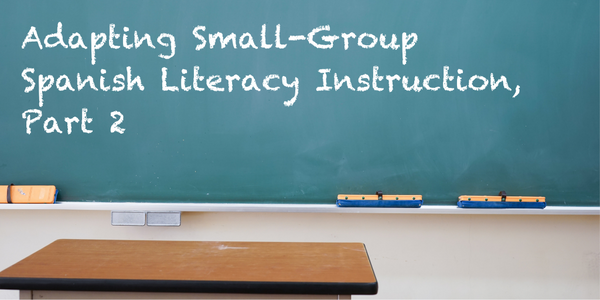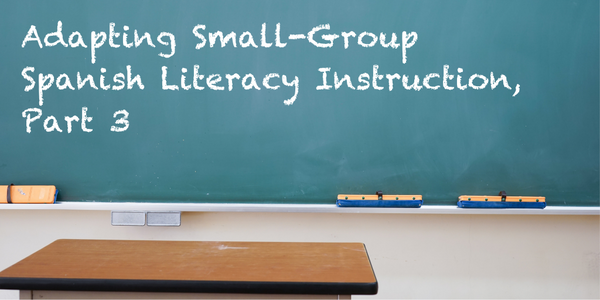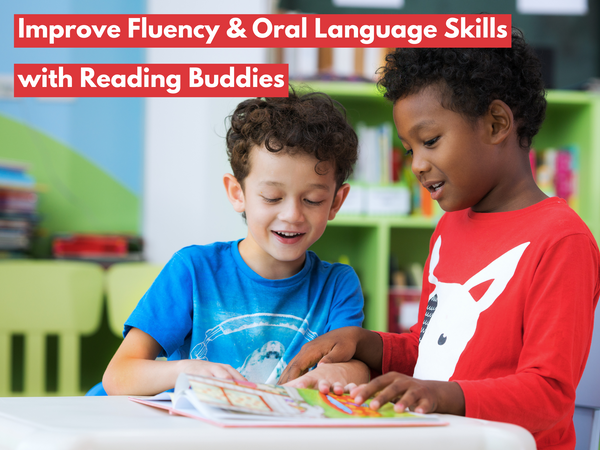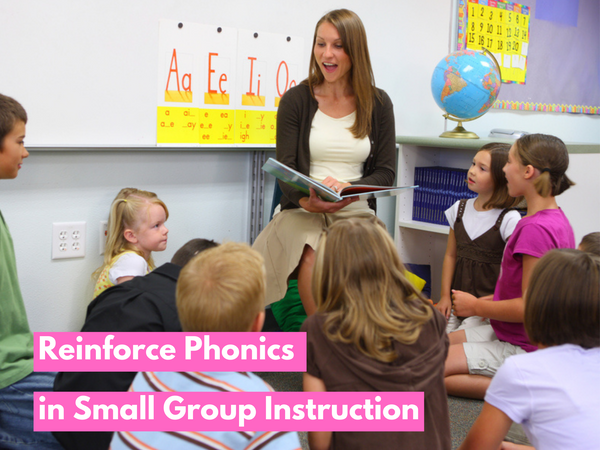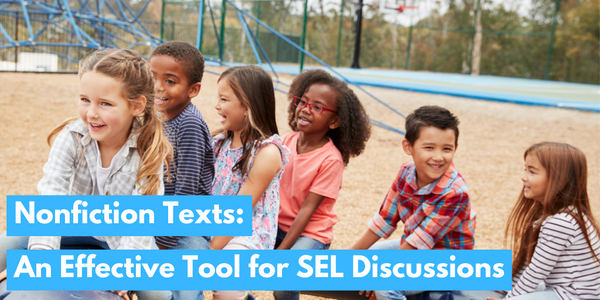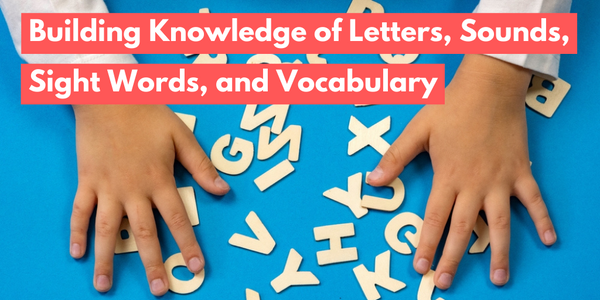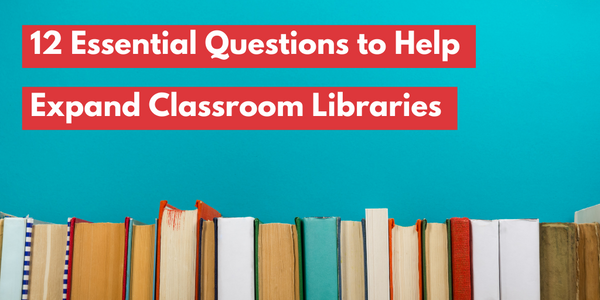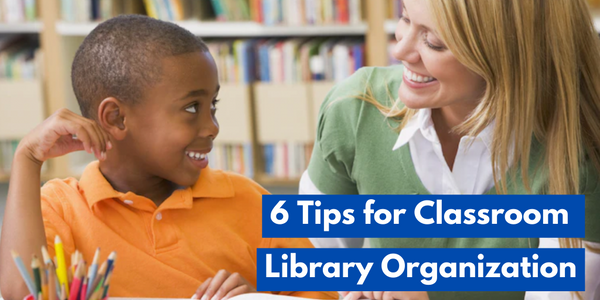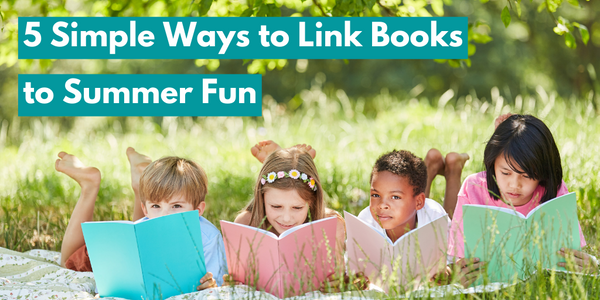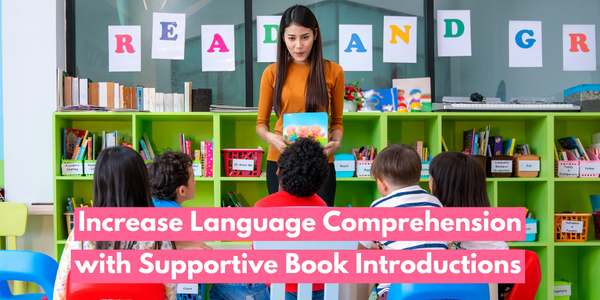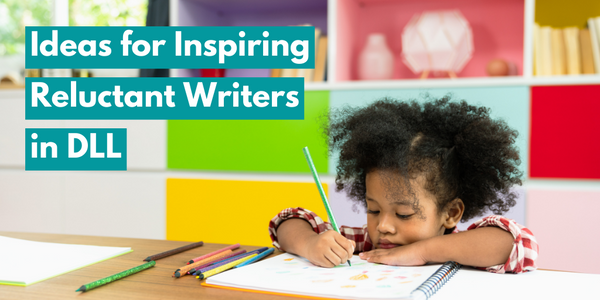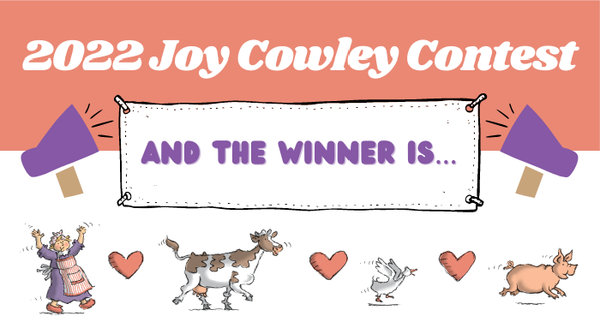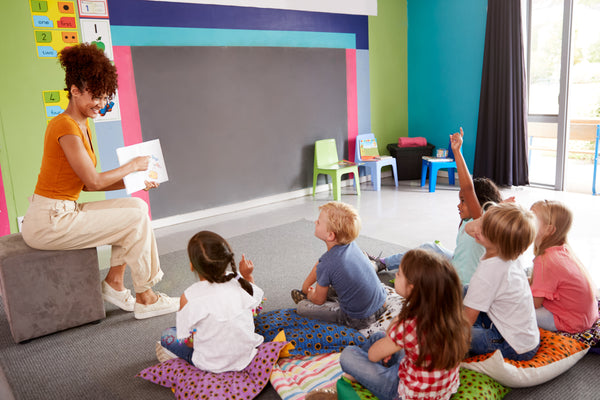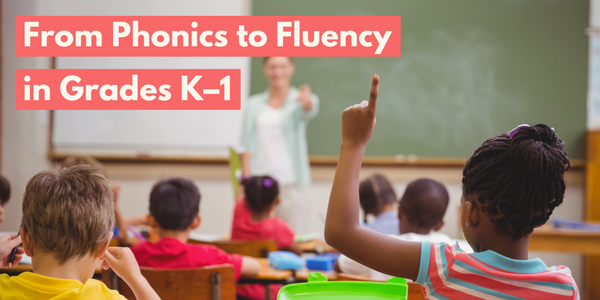by Beth Richards, Literacy Interventionist, Reading Recovery Teacher
You may be hesitant to use wordless picture books with your young readers. After all, how can they help students learn to read if there aren't even any words in them? But wordless picture books can be an invaluable resource in elementary classrooms. This blog post will share some ideas to help develop necessary early-literacy building blocks using wordless picture books.
While the outside of a wordless picture book may contain words to share the title, author/illustrator, and potentially a blurb picture, the illustrations tell the story in the absence of words inside these books. The pictures are often detailed and engaging to students of all ages and leave readers returning multiple times to engage with the illustrations and storyline. Frank Serafini refers to these books as "visually rendered narratives" (2014, 24).
Here are some ways to use wordless picture books to help develop essential understandings about literacy:
To Help Understand How Books and Stories Work
Wordless picture books, such as Helpful Hippo from Hameray, provide an opportunity for early readers to understand how to engage with books and how stories work. To enjoy and understand the storyline, young readers will need to hold the book appropriately, move through the book's pages from the front to the back, and attend to the left page before looking at the page on the right. If the illustrations are divided into panels, students will have to move from left to right and top to bottom across the pages. Even wordless picture books provide the chance to teach students directionality rules that are imperative for successful readers and writers.
Wordless picture books are also an excellent resource to help students understand story elements. Students will see and identify with the character, notice the conflict, perceive how the characters respond to that conflict, observe how the characters attempt to resolve the issue. Understanding how stories work will set early readers up for success as they begin to expect, anticipate, and identify these story elements in books of all levels.
To Support Oral Language Development
Marie Clay (2016, 24) states,". . . the child's ultimate resource for learning to read and write is spoken language; all his new learning becomes linked in his brain with what he has already learned about the language he speaks." Wordless picture books are an excellent opportunity for students to practice storytelling. Students are not restricted by the words and language on the page and have the freedom to tell a new story, exploring new ways of putting words together.
Many classroom teachers wonder how and when they can incorporate more time for students to talk and develop oral language. Placing wordless picture books in book boxes or using them as material for partner reading is an easy way to start—especially for students learning English or with language delays. Consider using wordless picture books during your reading conferences. Listen to and note the child's language. Model the storytelling for a few pages before handing the reins back over to the child. Over time, you can have the child return to that same book to note how their language has developed over time.
To Offer Opportunities for Writing
Wordless picture books provide a blank canvas for storytelling, both oral and written. Students can create text to match the illustrations. They can experiment with different writing types and make decisions about using quotation marks or speech bubbles, incorporating dialogue, and playing around with alliteration and onomatopoeia.
Teachers can help students develop flexibility with both oral and written language through the sharing of these stories. Students will all have the same illustrations to establish the story elements, but the language they choose to write to match those illustrations will vary. Explaining that there are multiple ways of saying the same thing will help students understand the need to be flexible when writing. While one author may say, "Hop on my back, and I'll get you to the other side," another may say, "I will take you across the river if you get on my back." Both structures convey the same meaning. Students need to develop this flexibility, especially early readers. The text in books quickly increases in language complexity, and students need to be prepared to read language that is different from how they speak and understand that despite the differences, both convey the same meaning.
To Develop Inferential Comprehension
With the absence of words, all attention is on the illustrations. Students must engage with and attend to the pictures, noting details such as expressions on characters' faces, setting changes, and object placement. Since there are no words to convey the author's intent or message, readers must use the visual images to piece together and infer that message. Students will learn to use details to support their inferences while understanding the importance of noticing what is left unwritten.
Wordless picture books provide teachers and parents with many opportunities to support students' reading, writing, and oral language development. For additional ideas to support readers and writers, check out Hameray's blog .
~~~
 Beth has been teaching for seventeen years. She has taught kindergarten, third, and fourth grades in Wisconsin. For the last six years, she has been a literacy interventionist and Reading Recovery teacher and loves spending her days helping her students develop and share her love of reading.
Beth has been teaching for seventeen years. She has taught kindergarten, third, and fourth grades in Wisconsin. For the last six years, she has been a literacy interventionist and Reading Recovery teacher and loves spending her days helping her students develop and share her love of reading.
~~~



